The origin story of LM Hancock Farms proves that experience—not timing—is everything.
When Matthew Hancock looks back on the start of his business, he can only laugh.
Well, it’s more a wan, knowing smile than a laugh… and you know what’s coming as soon as he says Day One of LM Hancock Farms was February 15, 2020.
“I hired my first employee that day,” he says, recalling the excitement of branching out on his own after growing up steeped in the business of farming. He took on 3,000 acres near Dateland, Arizona; “The landlords there were looking to work with someone else after there had been some damage to the property by the previous tenants,” he says. That was already a challenge, but one he was up for—“getting it all operational as it should be,” he says.
“Then the world exploded.”
In the immediate aftermath of the first wave of COVID-19, “the alfalfa market tanked,” he says. “The dairies were dumping milk. The freight was tough to move anywhere because travel wasn’t allowed. And with the restaurants and schools shutting down… it really hurt the alfalfa industry,” he says. While LM Hancock Farms grew good alfalfa and eventually could sell it, “it was hard to get a good dollar for it,” he says.
So what do you do?
“You harvest, you keep flowing, keep the ball rolling, keep equipment moving,” he says. “So we get through the summer, try to figure out how the COVID world is gonna work. And we never stopped. Alfalfa doesn’t stop growing, so we can’t stop.
“And then in August…” He pauses, backs up. “If you’re not familiar with Arizona, it can be anywhere from not a drop of rain to 50 mile an hour winds in the same day,” he says, describing the unpredictable monsoon season in late summer. “So one night we had a kind of microburst come right through the farm.”
It ripped the roofs off of barns. It tossed and twisted a center pivot like a child’s toy. Thirty-three power poles snapped on the property.
And then there was the crop. That night, it did stop.
“I had a few hundred acres of hay that was cut. It cleaned off the field better than if we would’ve raked it and baled it. It stripped the rest of the hay that was standing, stripped all the leaves off and just left some sticks. So it was almost a total loss… 2500 acres that just went away.”
Now he does laugh a little. What else can you do? It was a question he asked his dad, who had raised him on a farm. “Growing up, my dad’s always kinda taught me—both my parents, really—just keep chugging along and keep doing what you know how to do. And don’t stop.” He said when he called his dad that day, the answer he got was less advice and more a confidence boost:
“Well, just start with what you know how to do, and go from there. You’ll figure it out.” Click.
“I really appreciate the way he handled that, and the confidence he had in me,” says Matthew. “So in a couple of weeks, we were back rolling full bore and just started fixing everything. And now you can’t even tell, so…”
As challenging as 2020 was, Hancock’s life prior had prepared him. He farmed at his father’s side “all over Arizona,” he says, and did custom work “all over the country.” Then, he went to school for civil engineering at Arizona State, learning a thing or two about infrastructure. After graduation, he worked in the engineering field, and then for RDO Water, installing drip irrigation systems, before another stint in civil design work. “I kind of bounced around a lot, and ended up back in farming,” he says. “But all those different steps in growing up and doing everything… just taught me ‘all the things,’” he laughs. There was no secret to recovering from 2020, he says, aside from applied experience. “Start with Plan A, and add letters as needed,” he says.
Subsoil Drip Irrigation Tips
The image of a twisted center pivot somewhat defined LM Hancock Farms’ first year in operation. But a good deal of the property’s irrigation infrastructure—crucial in water-strapped Arizona—was already underground, and Hancock continues to convert to subsoil drip irrigation (SDI).
Hancock finds the benefits of SDI somewhere in the balance of water conservation and return on investment. He says ROI has too many environmental factors to effectively determine in terms of how and when the practice will pay off for individual farmers; meanwhile, material and labor costs are currently spiking, skewing the math for even true believers. But for alfalfa in Arizona—Hancock’s purview—it still pencils out.
“It’s all about tons per acre compared to the amount of water you use—tons per acre-foot of water, tons per gallon, pounds per gallon a day, whatever conversion you use,” he says. “If a plant needs six inches a month of water, if you put it all through the tape, it’s going right to the roots and not evaporating.” Same with fertilizer… as Hancock notes, fertilizer is expensive, and evaporated fertilizer is useless.
He also notes that the more even application of water compared to overhead or flood irrigation can improve stand life dramatically, since you avoid drowning out hay in low spots or bottom edges of a field. “If you can get 5, 6, 7 years out of a stand, that pays for itself pretty quick.”
Experience has led him to a few words of advice for any farmer, anywhere, considering SDI.
Keep it simple. “A lot of people try to get too creative with (delivering) chemicals, fertilizer, all these different ‘potions,’ I call it.
Lean in to the ancillary benefits, what really makes SDI efficient. Besides putting water and fertilizer right where it needs to go, SDI can also save you time. “Being able to get water on the field quicker after you harvest, or harvesting sooner after you shut off the water… It really makes a difference,” he says.
Don’t ignore maintenance. Simple maintenance and monitoring—follow the advice of the installers and tape manufacturers—are essential. “The costs or the time it takes for simple maintenance is worth it, or you end up with a 3,000 acre system that’s worthless.”
Beating the Elements
Extreme weather—heat, monsoons, drought—is one element that helps SDI pay off. The same is true of the equipment Hancock chooses for his operation. It has to stand up to the elements, while delivering a quality product to customers. Whether cutting his own hay or doing custom work, Massey Ferguson fits the bill in a number of ways.
“When I was starting my business, I really needed to pay attention to the costs I was going to take on, making sure that I got the right equipment for the job, but also pay attention to the price. Looking at a couple of different brands and different models, I felt that for the rake tractors and the little balers—the )Hesston by Massey Ferguson) 1844S's—these (Massey Ferguson) 4710s really worked well.”
Hancock runs six of the utility tractors in his operation. He says they “really put the tractors through a lot in Arizona, especially in the summer when we’re running, it’s 115-plus degrees sometimes,” he says. “They really hold up to the abuse really well.”
He also notes that the 4710s help him get hired labor in the field faster and more confidently. “You don’t have a whole lot of time for training, so you need things simple,” he says. “These 4710s… they’re simple to operate, pretty straightforward… It really makes it nice when you throw a driver in there… They’re able to jump in.”
Hancock runs two sizes of balers for the two markets his business serves. His first cuttings go into big bales for the dairy market, heavy bales with high feed quality. “We typically run 13- to 1400 pound bales,” he says. The MF 2270XD uses pre-compression before moving the hay to the plunger, making the bales denser and providing more product to the customers while fitting Hancock’s freight program. “That dense pressure from the XD just makes a good product that when you go to ship, it still holds together,” he says.
Hancock uses the MF 1844S for small squares, but the consistent bale means something different for the small bale market. “With retail, the look and the display is everything,” says Hancock. “Looking at the leaf, looking at the leaf retention, the squareness of the bale, the consistent weight,” he says, “that’s important for … selling hay at a feed store to a customer by the bale.”
Hancock says his operation “really keeps the balers fed,” and he’s been impressed enough with the pickup to change his program to bigger windrows and more throughput on the machines. “They really work well when they’re full,” he says.
Meanwhile, uptime is crucial, and with 8 or 9 cuttings in Arizona, the tractors and balers get more hours per year than in other regions. “It’s nice to know they’ll keep you moving,” he says.

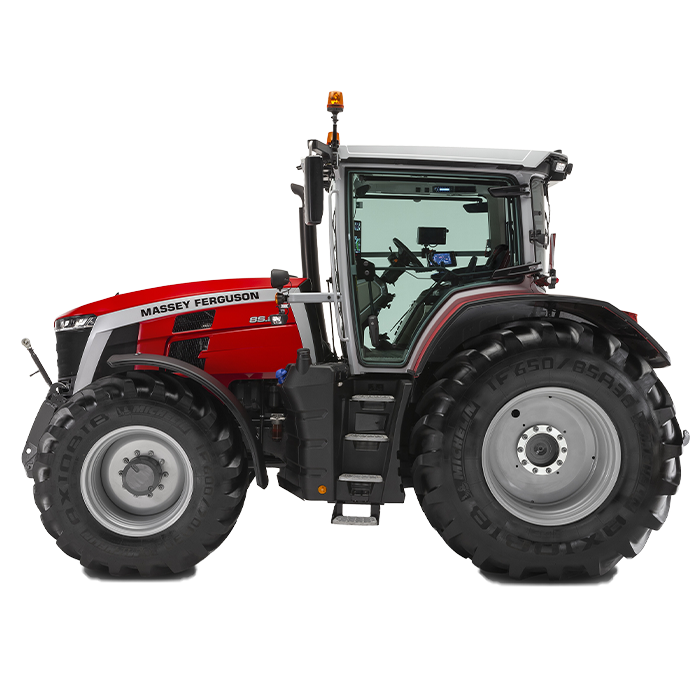
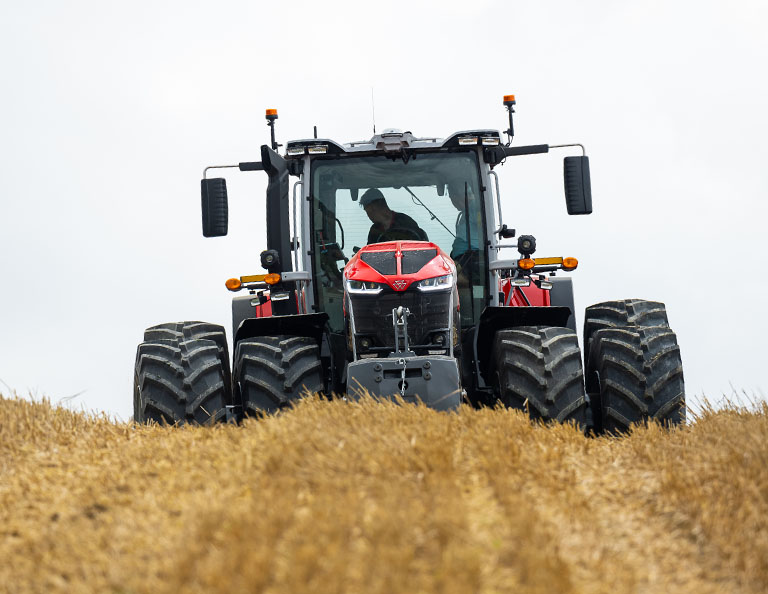

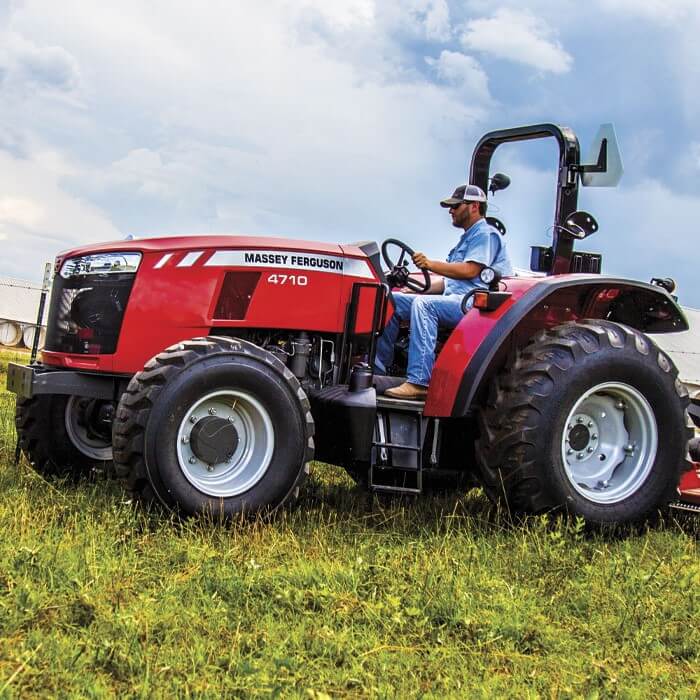


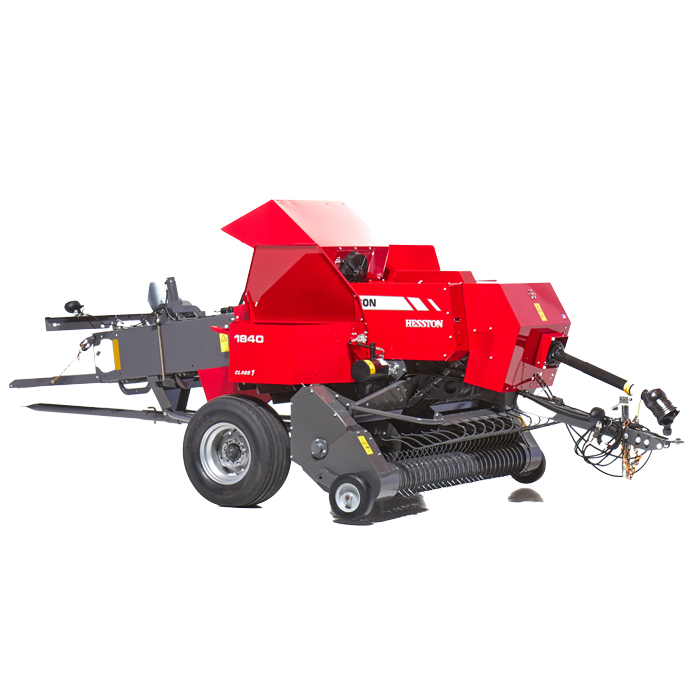
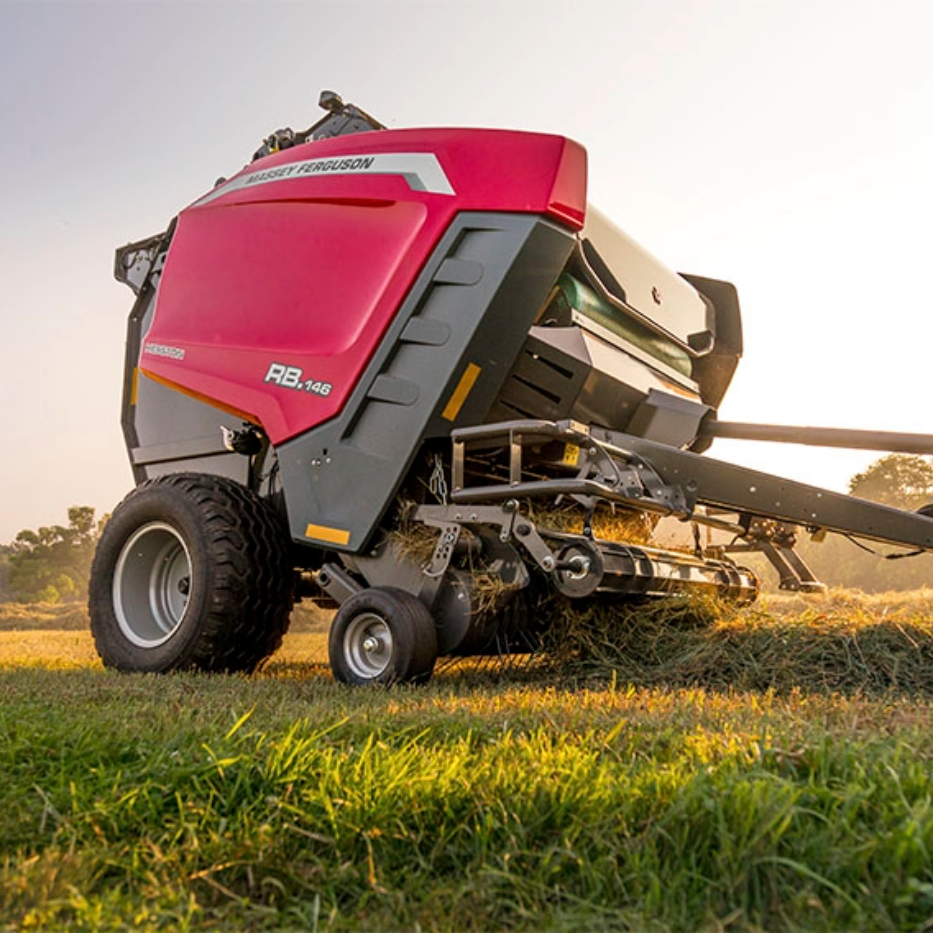
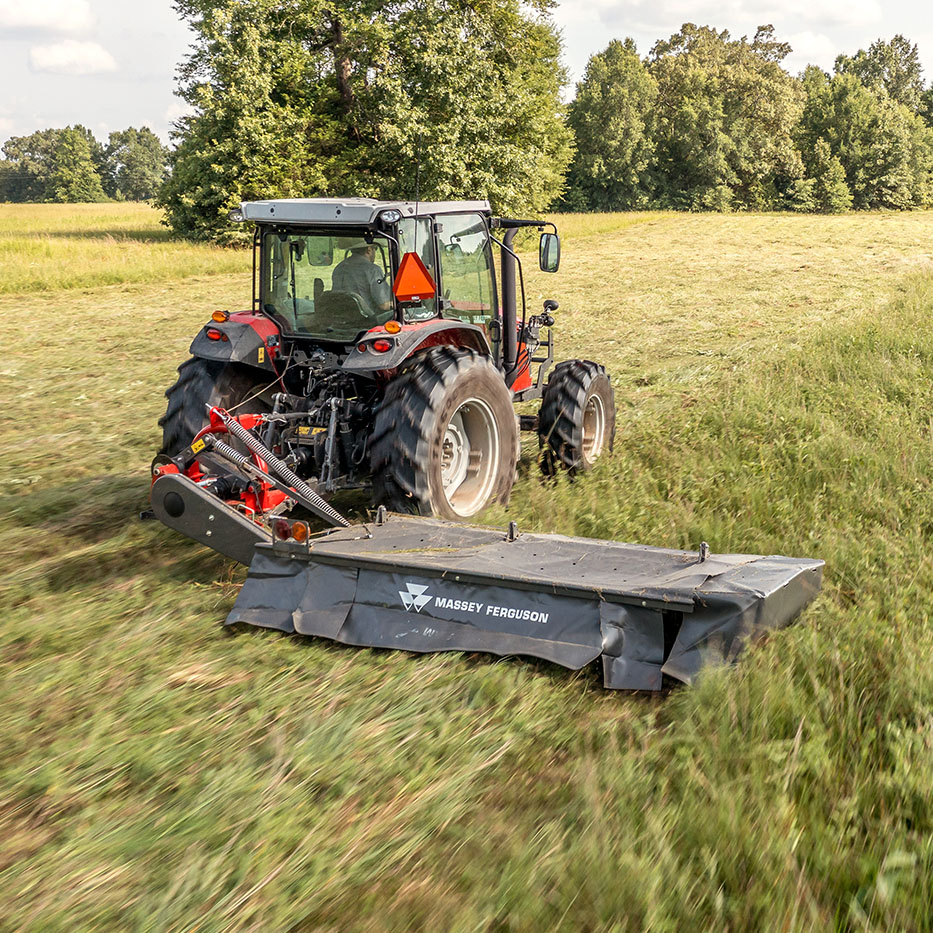
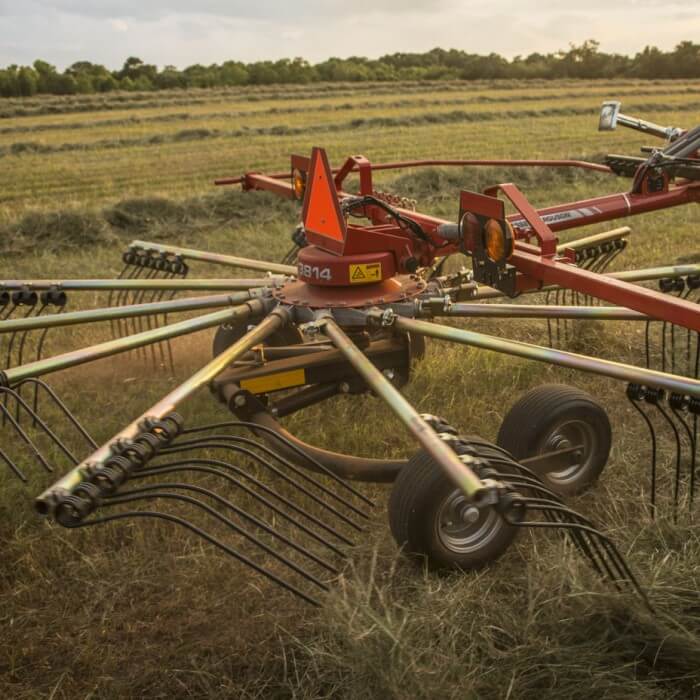
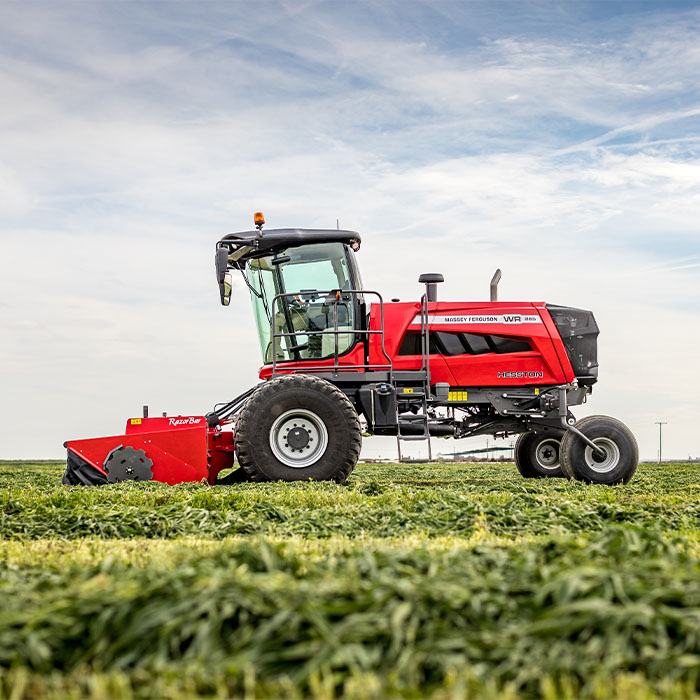
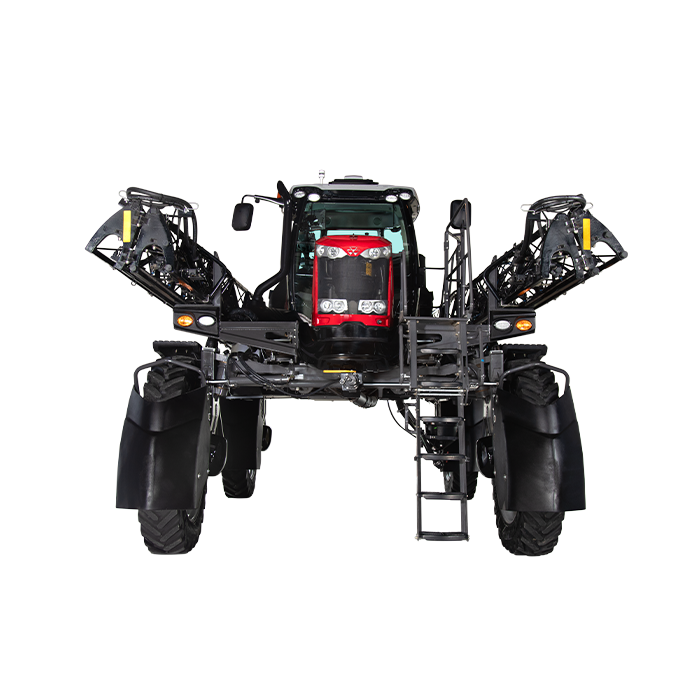

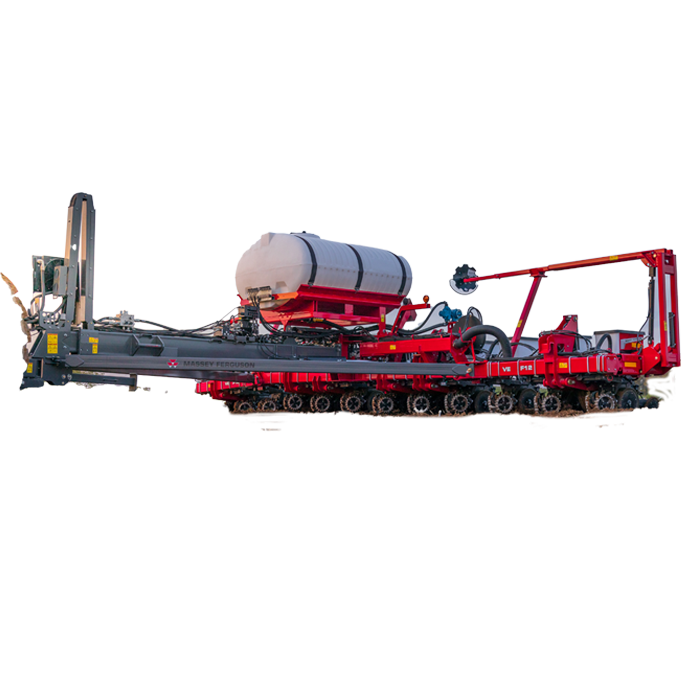
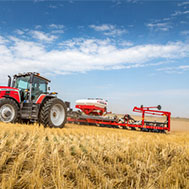
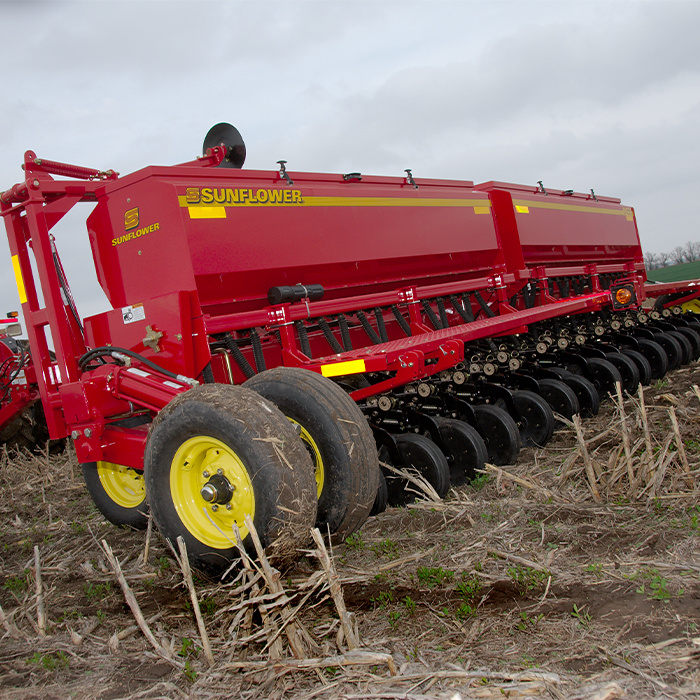
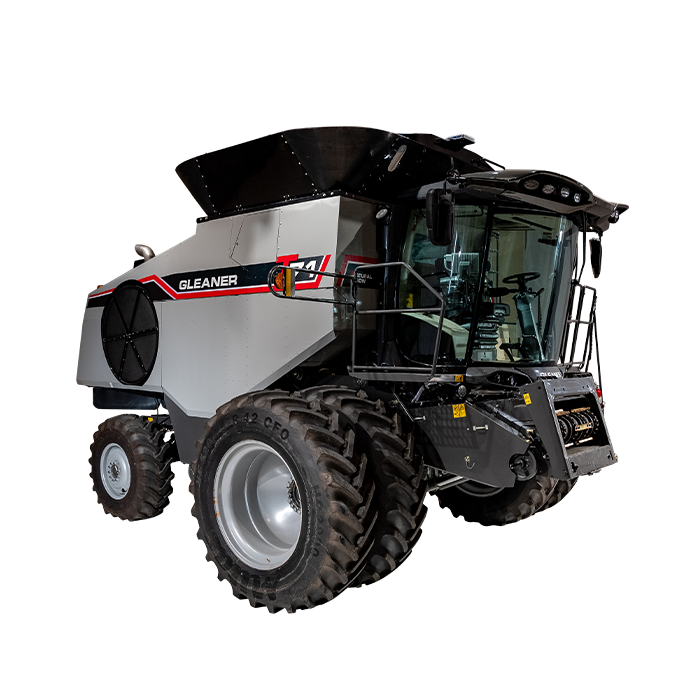

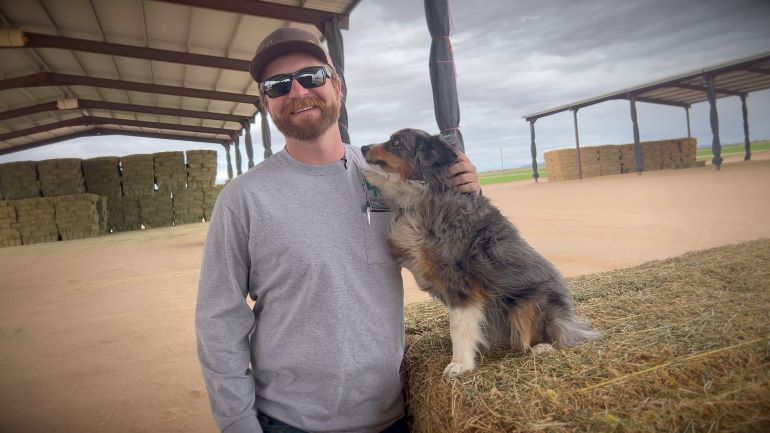
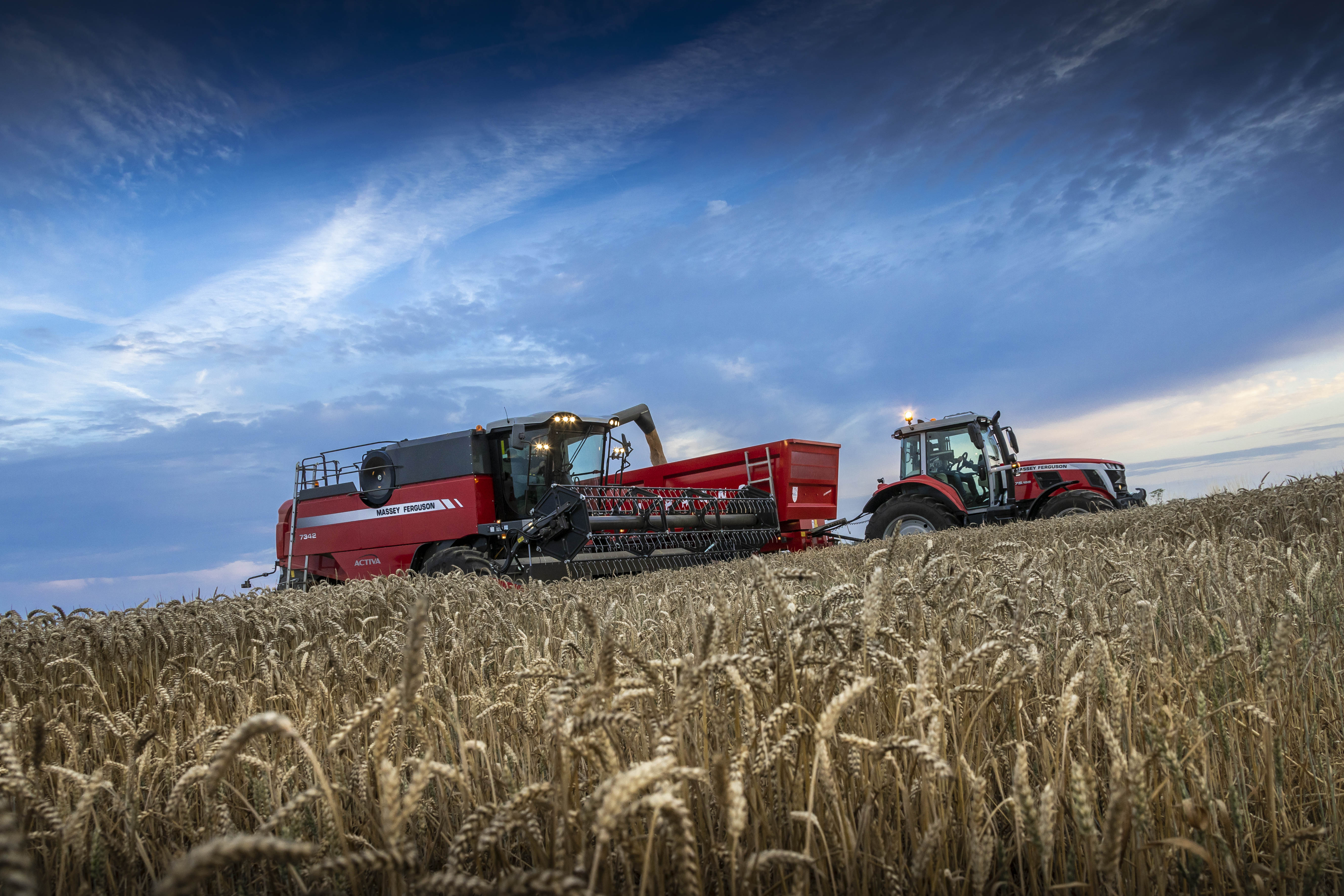
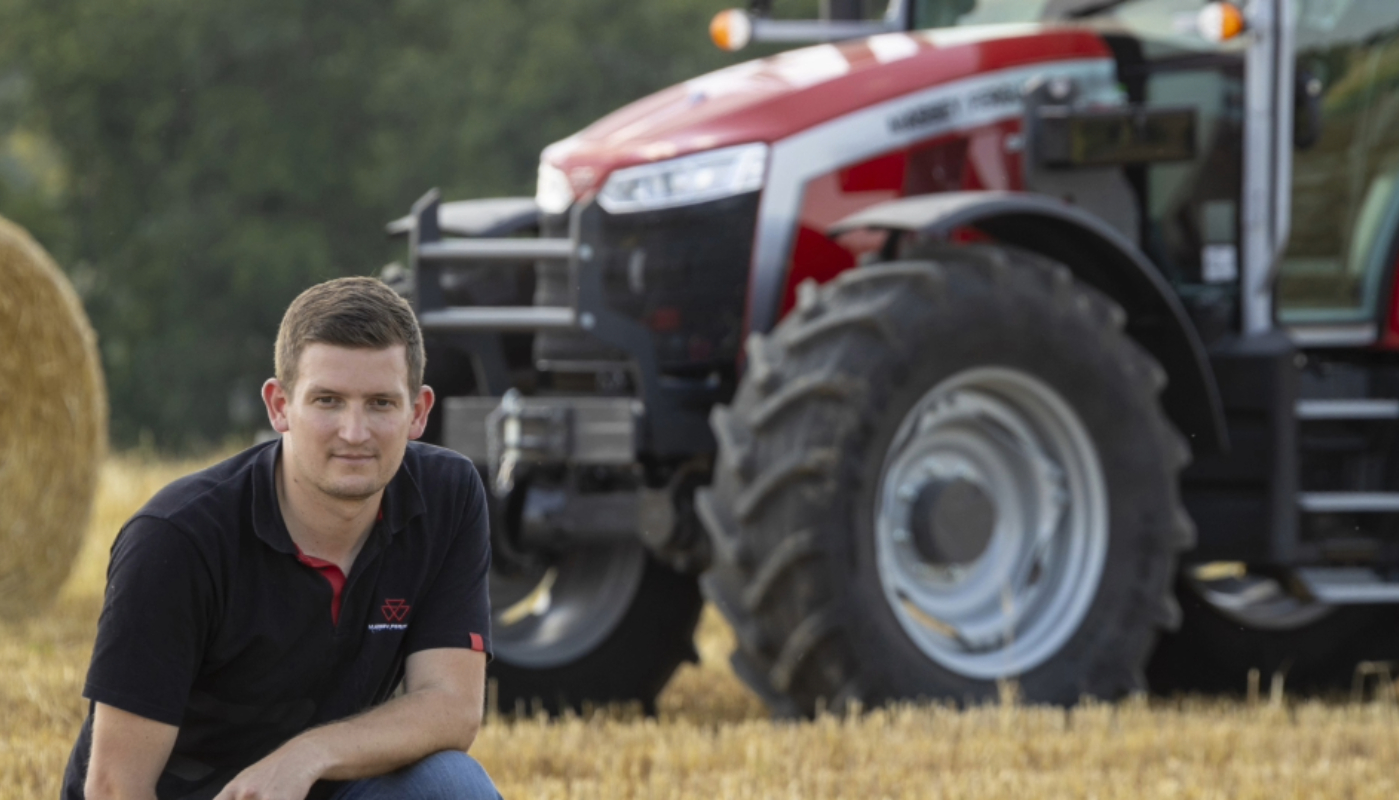
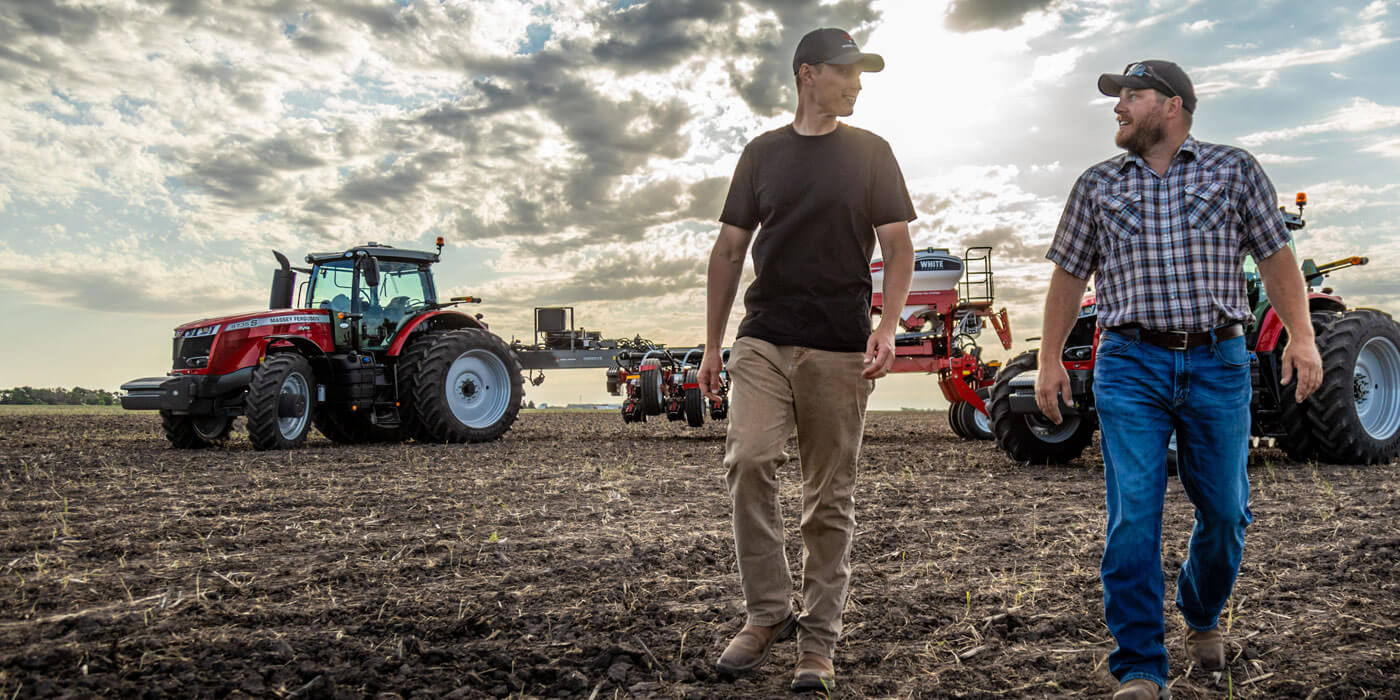
Share